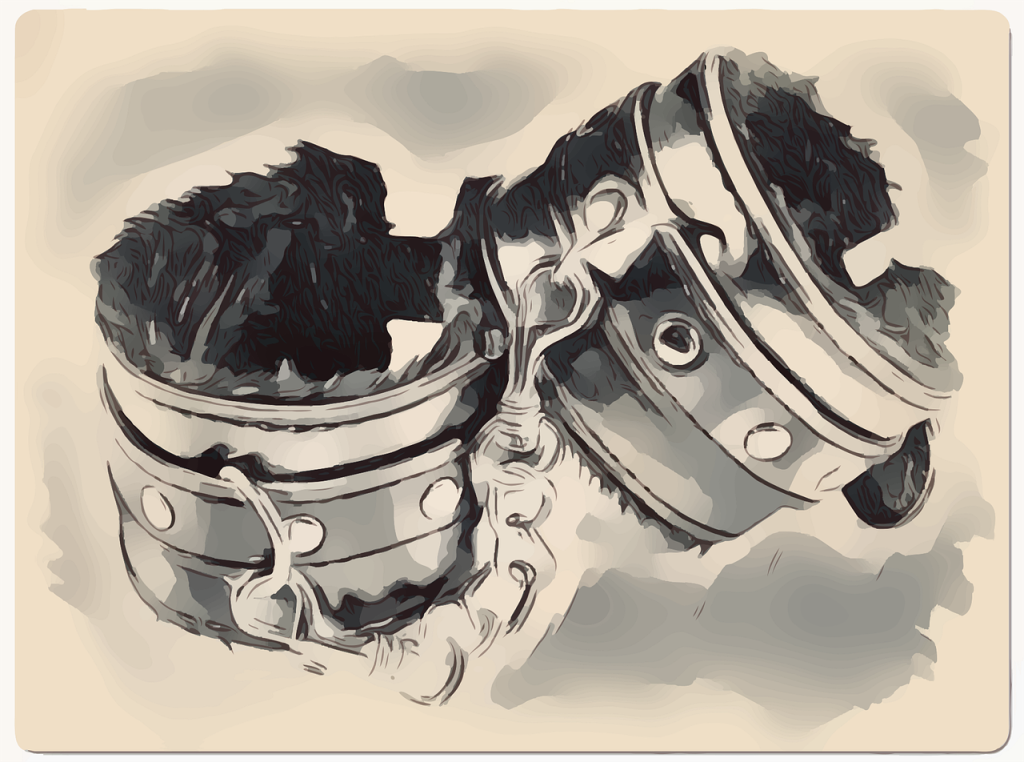Spanking Art

Spanking art merges historical, cultural, and erotic dimensions, evolving from religious and educational contexts to contemporary themes. Early depictions centered on divine punishment and moral correction, but modern interpretations explore power dynamics and consensual fetishism. Artists like Franco and Paula Meadows use detailed techniques to vividly convey emotions and scenes, focusing on facial expressions and implements. Culturally, spanking art engages with societal attitudes towards BDSM, challenging norms and sparking debates on censorship. Modern works embrace themes of consent and personal agency, reflecting evolving views on power and desire. Continue to explore for deeper insights into this provocative genre.
Key Points
- Spanking art historically evolved from religious and educational contexts, focusing on punishment and moral correction.
- Famous artists like Franco, Paula Meadows, and Louis Malteste significantly shaped the thematic and visual landscape.
- Modern interpretations emphasize consent, empowerment, and personal agency, often challenging traditional norms.
- Cultural significance lies in exploring societal attitudes towards BDSM, power dynamics, and sparking discussions on censorship and freedom of expression.
- Artistic techniques include detailed implements, expressive facial depictions, and shading to enhance depth and realism.
Historical Perspectives
Exploring the historical perspectives of spanking art reveals its multifaceted evolution from religious and educational contexts to its current association with erotic and fetish themes.
In earlier centuries, spanking imagery was deeply embedded in religious symbolism, often depicting acts of penance and moral correction. This art served as a visual tool for illustrating divine punishment and societal norms. Similarly, in educational settings, spanking art depicted disciplinary measures, reflecting beliefs in corporal punishment as a means to instill obedience and moral rectitude.
Over time, these depictions evolved, gradually embracing themes of dominance and submission. You can see how the initial focus on moral and educational lessons paved the way for more complex interpretations, blending with contemporary discussions on power dynamics and control.
Artistic Techniques
Spanking art employs a variety of artistic techniques, including detailed depictions of different implements, positions, and facial expressions, to vividly convey the dynamics and emotions of the scene.
Artists use brush strokes and composition to structure the visual narrative, ensuring each element is meticulously placed to heighten the impact. The color palette often includes contrasting shades to emphasize skin tones and impact marks, while shading techniques add depth and realism to the figures.
Cultural Significance
The cultural significance of spanking art lies in its ability to explore and critique societal attitudes towards BDSM and the complexities of power dynamics. By engaging with themes of dominance, submission, pain, and pleasure, spanking art provides a unique lens through which you can investigate these intricate relationships.
This genre has influenced contemporary art and culture, serving as a potent form of self-expression that challenges mainstream norms. It sparks essential discussions on censorship and freedom of expression, pushing boundaries and inviting debate.
As you immerse yourself in this art form, you’ll notice how it reflects evolving societal attitudes, offering a space for both artists and audiences to confront and understand the nuanced dynamics of power and desire.
Famous Artists
Few artists have left a more indelible mark on the genre of spanking art than Franco, Paula Meadows, and Louis Malteste, each bringing their own unique style and interpretation to the intricate themes of power and desire.
Franco’s influential styles often feature domestic discipline scenes, rooted in traditional settings.
Paula Meadows, a British artist, is celebrated for her iconic works that intertwine BDSM with spanking, reflecting deeper psychological narratives.
Louis Malteste, a French illustrator, crafted erotic artworks with spanking themes, drawing inspiration from early 20th-century French erotica.
Their artist inspirations and impactful contributions have shaped the visual and thematic landscapes of spanking art, cementing their status as pivotal figures in this specialized genre.
Modern Interpretations
Often, modern interpretations of spanking art explore complex themes of consent, empowerment, and personal agency, reflecting significant shifts in contemporary societal attitudes towards power and sexuality. Today’s artists engage in consent exploration, challenging traditional norms and prompting viewers to reconsider established power dynamics.
This genre now embraces a wide range of styles, from traditional to abstract, incorporating diverse representations of gender, sexuality, and relationships. The use of technology has revolutionized the creation and dissemination of spanking art, allowing for innovative techniques and broader reach.
Frequently Asked Questions
What Materials Are Commonly Used to Create Spanking Art?
You’ll find artists often use traditional mediums like pencils, inks, and paints, while others prefer digital tools such as graphic tablets and software. Both approaches offer unique advantages depending on the desired aesthetic and detail.
Are There Specific Genres Within the Spanking Art Community?
You’ll find specific genres influenced by historical themes and cultural nuances. These genres often reflect societal norms, mythological tales, and historical practices, providing a rich tapestry of context and meaning within the artistic community.
How Can One Start Collecting Spanking Art?
To start collecting, research pieces with historical significance and investment value. Attend exhibitions, join collector forums, and consult experts. Focus on quality and provenance to build a valuable collection that appreciates over time.
Are There Any Online Platforms Dedicated to Spanking Art?
Yes, there are online galleries dedicated to such art. You’ll find platforms offering artist interviews and carefully selected collections, providing a detailed view of the genre. These resources help you engage deeply with the artistic community.
How Do Artists Ensure Consent and Respect in Spanking Art?
You promote consent and respect in art by following ethical guidelines and engaging in consent workshops. These practices assist you in comprehending boundaries and upholding respectful interactions, guaranteeing that your work is both responsible and thoughtful.
Conclusion
In analyzing spanking art, you’ve explored its historical roots, examined various artistic techniques, and understood its cultural significance.
You’ve also learned about famous artists who’ve contributed to this genre and seen how modern interpretations continue to evolve.
Through this journey, you’ve gained a thorough understanding of how spanking art reflects societal attitudes and artistic innovation, making it a unique and intricate subject within the broader context of art history.
Author: Victoria Williams

